Frontlist | The 10 Best Fiction Books of 2020 including Harry Potter
Frontlist | The 10 Best Fiction Books of 2020 including Harry Potteron Nov 17, 2020
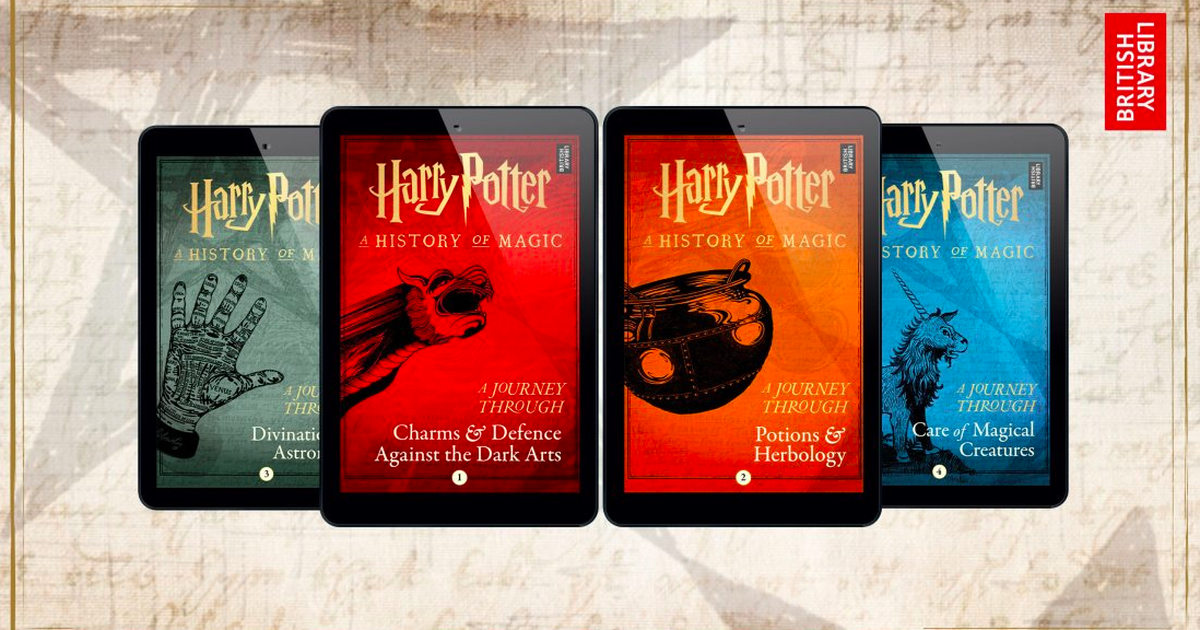
1. Anna Karenina
Yes, we know it’s a million pages long. Yes, we know it’s in Russian. It’s still one of the greatest novels of all time. And once you get past the hefty length (all 864 pages of it), we’re certain you’ll feel the same too. Tolstoy’s brilliance shines, despite the barriers of time and language, and this new translation by very cool, Russian savvy husband/wife duo Larissa Volkhonsky and Richard Pears is one of the best out there, compensating for some of the clunkier, word-for-word translations you may have come across previously.
And while the text may span close to a thousand pages, it’s never stretched too thin; Tolstoy makes good use of all 864 of them. You get a taste of romance, scandal, redemption, political intrigue, and midlife crises— and that’s all in the first half. You also get a chance to familiarize yourself with some of the most iconic characters of all time, from the oft-romanticised couple, Anna and Volkonsky, to the petty but well-intentioned Stephan and the tremendously loveable, doing-his-absolute-best Konstantin. All this, plus a look at the glitz and glamour of nineteenth century St. Petersburg. And while there may be a couple of times that Tolstoy gets a little too invested in telling his readers in the minutiae of Russian farming techniques, there’s also more than one sentence so beautifully constructed that it’ll force you to set the book down and wonder how any one man got to be just so good at his craft.
KEY FEATURES
- Classic literature
- Translated from the Russian
SPECIFICATIONS
- Genre: Russian Fiction
- Number of Pages: 864
- Publication Date: 2004
- Publisher: Penguin Classics
PROS
- Beautiful prose
- Depiction of 19th century Russia
- Comeplling romance
CONS
- Very long
2. Harry Potter Series
Arguably one of the most beloved series of all time— and definitely one of the best-selling — Harry Potter is a classic for modern readers, both young and old. It’s also an iconic pop culture fixture, inspiring film series, cookbooks, a Broadway play, and an entire genre of music (Wizard rock. It’s a real thing. Go Google it.)
If you’ve somehow managed to make it this far in life without having read these books already, we’re not sure what you’re waiting for. It’s got magic, mystery, dark wizards, a solid dose of teen angst, and lots of life lessons about seeing the light in dark times and choosing to be the hero when it’d be easier to give it up and head for the hills. And though Harry Potter may not be one of the most critically acclaimed series on this list, it is one of the most widely loved. The books are compelling, charming, and surprisingly deep for the children’s series they make up. Plus, with over 500 million copies out in the world, it’s not like you’re going to struggle to get a hold of one— roughly 1 in 15 people on planet Earth have a copy on their bookshelves already. Also, with seven books in the series, once you get hooked, you get six more books to tackle, spanning from Harry’s youth all the way to his (sort of?) coming of age as a seventeen year old. And yeah, we guess you could just watch the movies— but do you really wanna be that person?
KEY FEATURES
- Great for young readers
- Best-selling series of all time
- Easy to get a copy of
SPECIFICATIONS
- Genre: British Fantasy
- Number of Pages: 4167
- Publication Date: 2009
- Publisher: Arthur A Levine
PROS
- Highly readable
- Much beloved
- Excellent escapist fantasy
CONS
- You probably already know how it ends
3. 1984
Though the titular year has come and passed, Orwell’s predictions get more and more eerie with each passing decade. The book itself is one of the original pieces of dystopian fiction, written back before the era of modern young adult dystopias like The Hunger Games and The Maze Runner. Orwell's haunting, dystopian look at the future of humanity is both chilling and enlightening, giving readers a bleak insight into his understanding of human nature and the inevitability of things like censorship and authoritarianism.
Written in 1949, but set in the faraway future of the eighties, the novel follows Winston Smith, a man whose entire job consists of rewriting old historical documents to fit the government’s narrative of what actually happened. As the book progresses, it’s revealed just how deeply the government has been surveilling his own life, and how incapacitated he is to escape their influence.
The ideas of the novel have become so widely acknowledged in modern times that they’ve earned their own adjective, “Orwellian”-- used to describe any practice, person, or policy that adheres just a little too closely to the ethic of mass propaganda and “groupthink” described in his writing. It’s not exactly a cheery read, but it is a powerful, telling look at the ability of systemic control to reduce the autonomy of the individual. If you didn’t already read it in high school English— or if you did the thing we did and just sort of Sparknoted the whole thing—we recommend adding it to your reading list ASAP.
KEY FEATURES
- Nominated as America's best-loved novel (PBS)
- Critically noted
- Classic of the twentieth century
SPECIFICATIONS
- Genre: Science Fiction
- Number of Pages: 328
- Publication Date: Signet Classics
- Publisher: 1961
PROS
- Chilling read
- One of the original dystopian novels
- Equal parts engaging and haunting
CONS
- May be too gruesome for some readers
4. Go Tell It On The Mountain
While it is still technically fiction, Go Tell It On the Mountain draws much of its content from the life of its author, the prolific James Baldwin. Known as much for his activism as he is for his writing, Baldwin penned Go Tell It On the Mountain when he was just 29 years old, living in Paris and keeping company with some of the most prominent writers, artists, and performers of the time. It’s the first of his Baldwin’s 6 novels, which include If Beale Street Could Talk and Giovanni’s Room. Baldwin's writing is expansive, passionate, and deliberate. His voice is distinctive, clear, and impactful, leaving the reader with a sense of immediacy that's hard to shake. Though you truly can’t go wrong reading any of Baldwin’s work, Go Tell It On the Mountain is an excellent introduction to his style and tone, one that gives context and perspective to his later work. It gives a stirring (and occasionally discomfiting) look into the life of a young boy growing up into the South and provides a blunt, but empathetic, examination of the lives of those around him and how the events of their lives have led them to this point. Baldwin seamlessly weaves together the stories of a family struggling to survive and to overcome the familial cycle of abuse and shame. It’s a powerful commentary on the social conditions of the time and a compelling look at the power of religion and its impact on its believers, particularly within the Pentecostal communities in the early 1930’s.
KEY FEATURES
- Baldwin's first novel
- Combines multiple stories in one narrative
- Brilliant prose
SPECIFICATIONS
- Genre: Fiction
- Number of Pages: 272
- Publication Date: 2013
- Publisher: Vintage Classics
PROS
- Sterling dialogue
- Urgently and stirringly written
- Melancholic
CONS
- May lack resolution for some readers
5. Lord Of The Rings
We know you loved the movies. If you grew up in the nineties, we’re willing to bet you also probably loved the myriad of Gamecube games. But did you ever actually read the books?
Written in the 1950’s and originally intended as one, massive book, Lord of the Rings has compelled fantasy readers for over 50 years. And though it was originally considered by publishers to be a huge risk, it’s become one of the most iconic fantasy series of all times. Though they’ve always been well-known, the books received a significant surge of popularity after Peter Jackson’s films emerged in the early 2000’s. And, though we’ve got nothing against the movies (or, at least, the first three movies), there really is nothing quite like the original source material.
The series comes after the events of Tolkein’s first middle-earth novel, The Hobbit, although it’s significantly darker and intended for a much older audience. With some of the most intense world-building the fantasy world has ever seen, Tolkien lays the groundwork for later writers, like George RR Martin and Patrick Rothfuss, including a level of detail unparalleled for the modern fantasy writer. His books aren’t just tales of adventure; they include chronicles of history, poetry, song— even an entire made-up language. And there’s not just one book. Tolkein’s masterpiece spans a full trilogy, where each novel is *technically* two books in and of itself. So if you finish the whole thing, you’ve read six books. Or, by other definitions, just one. Depends how you want to see it.
KEY FEATURES
- Fantasy series
- Beloved trilogy
- Basis for popular movies
SPECIFICATIONS
- Genre: Fantasy
- Number of Pages: 1209
- Publication Date: 2012
- Publisher: Houghton Mifflin Harcourt
PROS
- Excellent world-building
- Beautiful descriptions
- Painstakingly plotted
CONS
- Elvish poetry gets a little tiring after a while
6. Never Let Me Go
A haunting look at the fragility of being human, Kazuo Ishiguro’s Never Let Me Go is a masterpiece of modern fiction. Named one of TIME’s One Hundred Best Books of the last century, Ishiguro weaves a compelling tale of deceit, suspense, and, ultimately, heartbreak. Its narrator, Kathy, tells of her experience as a child at Halisham Boarding School. She describes, somewhat emotionlessly, a society where children are bred and raised for the good of society, forced to donate their organs so that the rich upper classes can continue to live in ease and luxury. As the novel unravels, the reader gains insight into the conditions Kathy and her friends are forced to adapt to and the apathy and despair they experience as they attempt to resist them.
It’s hard to classify the novel into just one category. Critics have argued about whether or not it qualifies as science fiction, since the novel focuses more on the human elements of the story than the structure and rules of its world. And while it has elements of a coming-of-age story, it’s not exactly your typical tale of adolescence— seeing as they’re being raised to be organ donors and all. Others have argued the book is meant as more of a morality tale than anything else— taking a look at the underbelly of our existence and our ability to adapt to the extenuating circumstance of being human. It’s not exactly light fare, but it is tremendously effective and emotionally disturbing, especially as the plot unravels all the way to its melancholic end.
KEY FEATURES
- British Japanese author
- Movie adaptation with Andrew Garfield
- Nobel Prize-winning author
SPECIFICATIONS
- Genre: Science Fiction
- Number of Pages: 288
- Publication Date: 2006
- Publisher: Vintage
PROS
- Hauntingly written
- Mysterious plot
- Unique writing style
CONS
- May be slow for some readers
7. Pride And Prejudice
Sure, you’ve probably seen the Kiera Knightley movie. Or the Colin Firth movie. Or the spin-off Youtube series. But we promise you, whatever you’ve seen, the actual book is much, much better. Austen’s classic tale of love, deceit, and the danger of hasty judgment is one of the most beloved releases by any English author. It’s fast-paced, quick-witted, and romantic without getting schmaltzy. It was also one of the first novels penned by a woman to earn widespread acclaim, despite only receiving three reviews during Austen’s lifetime— due in part to the fact that novels were considered “disreputable” at the time of its publication. Many reviewers at the time also reduced Austen’s work down to the moral lessons at their core, seeking to let readers know that these were books that society members of good character could read without being scandalized. But today’s readers, who are arguably less concerned with scandal and more so with writing quality, are unlikely to find any issue here. Austen’s style is swift, deliberate, and humorous. If you’re worried about long, flowering passages about England in the summertime— don’t be. Austen cuts to the chase quickly and without much ado. Her dialogue is clever, stirring, and original, and her characters, while slightly romanticized, are compellingly written and well executed. Her characterization of high British society is also deliciously well done and thoroughly detailed without getting exhaustive. If you’re a dude who’s worried about reading a book often characterized as a “chick flick”-- set that toxic masculinity aside and enjoy a clever, refreshing, brilliantly written novel.
KEY FEATURES
- Critically hailed
- Classic of the genre
- Quick read
SPECIFICATIONS
- Genre: Fiction
- Number of Pages: 480
- Publication Date: 2002
- Publisher: Penguin Books
PROS
- Witty dialogue
- Snappy pace
- Compelling romance
CONS
- Older in style
8. The Color Purple
Considered a touchstone of modern American literature, The Color Purple is beloved by critics and readers alike. Heralded as one of the best novels of the twentieth century, it’s a beautiful, searingly written portrayal of African American womanhood that doesn’t shy away from the harsh realities of race, class, and gender. Set in Georgia in the early twentieth-century, the novel tells the story of two sisters, Celie and Nettie, who are separated in childhood but remain bonded throughout the decades as they search to find a way back to each other. It’s written through a series of letters spanning over thirty years, going all the way from Celie’s childhood to her later life and reunion with her sister.
Winner of, remarkably, both the Pulitzer Prize in Fiction and the National Book Award, Color Purple is regarded as stunningly influential, impacting the course of twentieth century literature and breaking barriers for twentieth century authors of color. A tremendously spiritual novel, it’s also considered groundbreaking as one of the first novels to address the issue of domestic and sexual violence against women, as well as police brutality and state-sanctioned violence; it also explores female sexuality more acutely than most novels of its time, including homosexuality and sexual abuse. It does all of this with nuance, resilience, and care, paired with beautiful prose and a tone of hopefulness that is moving without ever becoming trite or glib. It’s resilient, hopeful, stirringly compassionate, and definitely one of the best books on this list.
KEY FEATURES
- Winner of the Pulitzer Prize
- Winner of the National Book Award
- Touchstone of American literature
SPECIFICATIONS
- Genre: Historical Fiction
- Number of Pages: 304
- Publication Date: 2019
- Publisher: Penguin Books
PROS
- Hailed as an American classic
- Joyful ending
- In depth look at African American women in the twentieth century
CONS
- Heartbreaking
9. The Kite Runner
If you were a member of any sort of book club in the early 2000’s, odds are you’ve probably already read this one. For the rest of you— it’s not too late to hop on the bandwagon. A New York Times best seller for over two years running, The Kite Runner surged to popularity immediately after its release, fueled in part by its ability to tell an emotionally resonant, cross-cultural story at a time when many Americans were just beginning to understand the ramifications of our involvement in Afghanistan. The novel received widespread praise for its young author, Khaled Hosseini, as well as a movie adaptation in 2007— though we recommend steering clear until you’ve had a chance to read Hosseini’s prose for yourself.
The Kite Runner tells the story of the friendship between two young Afghani boys— one of them, Amir, the son of a well-to-do businessman and the other, Hassan, the son of a family servant. As children, the two practice the sport of “kite fighting”-- which, in case you hadn’t guessed, is where the title of the novel comes from. But after a horrific incident, the friendship between the two falls apart, and they’re separated as Hassan and his father move away from Kabul. From there, the story takes several twists, which we’re not going to reveal here, because that’d sort of ruin the point of reading the book, wouldn’t it? But suffice it to say that readers will get a tale of war, tragedy, and friendship, one with a sweeping scope and resonant message of redemption.
KEY FEATURES
- #1 NY Times Bestseller
- Modern classic
- Story of friendship between two boys
SPECIFICATIONS
- Genre: Fiction
- Number of Pages: 400
- Publication Date: Riverhead Books
- Publisher: 2013
PROS
- Moving story
- Beloved by readers
- Concise, spare writing style
CONS
- Tragic
10. The Goldfinch
One of the most recent releases on this list, The Goldfinch shot to the top of best seller lists worldwide after its release in 2013. It was one of the buzziest books of the decade and a favorite of book enthusiasts and casual readers alike, hailed by some— despite a mixed critical reception— as one of the top books of the 2010’s. (Although, seeing as those “some” include the Pulitzer Prize committee, who awarded The Goldfinch the prestigious prize for fiction, we’re not actually sure that the naysayers have all that much room to complain.) In addition to winning the Pulitzer, the novel was shortlisted for a variety of other prizes and received wide praise from other writers like Stephen King who called author Donna Tartt an “amazingly good writer.”
The novel is a first-person narration told by Theo Decker, a young boy whose life is changed after his mother is killed in an explosion at the Metropolitan Museum of Art. In a panic, Theo decides to steal the painting of a goldfinch that hangs on the wall of the museum before fleeing the scene. The narration continues over the course of Theo’s life, following his attempts to overcome the trauma of his past and come to terms with his present. It’s definitely a dense novel, with over seven hundred pages of action, intrigue, and commentary. And while some have said the novel could easily have done without a couple hundred of those pages, others have argued that seven hundred pages isn’t enough. We say go read the book and then decide for yourself.
KEY FEATURES
- NY Times Bestseller
- Pulitzer Prize Winner
- Well received by critics and readers alike
SPECIFICATIONS
- Genre: Fiction
- Number of Pages: 760
- Publication Date: 2013
- Publisher: Little, Brown and Company
PROS
- Beautifully descriptive
- A saga in length
- Suspenseful
CONS
- Runs long for some tastes
Choosing The Best Fiction Read
We stick with what we said in the intro; it’s essentially impossible to pick the top ten fiction books of all time. There are simply too many good books. Instead, think of this list like an appetizer tray; a little mini sampling of some of the best fiction available to the modern reader, especially one who may be looking for new suggestions. Fiction is a wide-spanning genre, but it essentially describes any piece of work that involves a narrative woven by the author that reality has no bearing on. Although reality almost always influences works of fiction, fiction books tell original stories while non-fiction books are at least inspired by real events, if not retellings of the events of themselves. Fiction is used to describe books, but it can also cover other media, from video games to comic books to poetry. Now, the work can be set in a real time period or during actual events. However, tales of fiction are those that don't revolve around real-life occurrences or factual recounting of events, necessarily.Genre Fiction Vs. Fiction
The genre is roughly split into two categories: literary fiction and genre fiction. This is a distinction that can be quite controversial among readers and authors alike. Authors of literary fiction typically have patronage of some sort or have a salaried position at a university. Their livelihood is not necessarily dependent on their writing. The genre is largely controlled by a literary elite, who exclude more popular, easily readable books in favor of their more sophisticated counterparts. Genre fiction is essentially fiction by any writer who’s not considered a part of the aforementioned literary community. Most popular books fall into this category, as do some of the fare on this list, like Harry Potter or, by some standards The Goldfinch. If a writer's chief source of income is their book sales, they may fall into this group. Genre fiction writers may be just as capable and talented as those in the prior category, but they are not considered “esteemed” enough by the literary community to be considered authors of literary fiction. Not everyone is on board with these distinctions. Authors like John Updike have protested the categorization of their work as literary fiction, saying that all of his books are literary since they are “written in words” and expressing frustration at the literary community for needing to make such a distinction. The perceived gatekeeping of the literary community has also faced critics from newer fiction authors, who’ve argued that the distinction is another way of dismissing works that the establishment deems lesser or unimportant. Whether you decide to pursue literary fiction or genre fiction, however, there are some amazing works out there for the novice reader, or intermediate or expert reader, to enjoy. The books in this guide are fantastic starting places for that in the fiction genre, so hopefully, they can provide you with compelling entertainment from start to finish. We hope you like the items we recommend! CBR has affiliate partnerships, so we receive a share of the revenue from your purchase. This won’t affect the price you pay and helps us offer the best product recommendations.
Authors
Best fiction books News Frontlist
Best Fiction Books of 2020 Frontlist
Best friction books list
Bestseller
book news
Coronavirus
Covid-19
Education News
Frontlist
Frontlist Article
Frontlist Book News
Frontlist education News
Frontlist India
Frontlist Latest news
Google news
harry potter books
Publishers
Publishing
top ten best fiction books
Writers



.jpg)






.jpg)

.jpg)
.jpg)
.jpg)
.jpg)
.jpg)


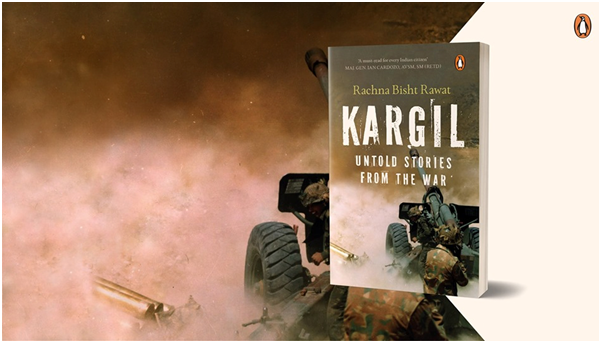
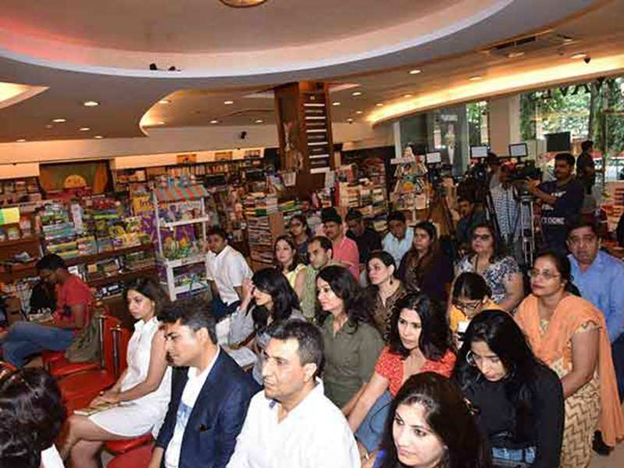

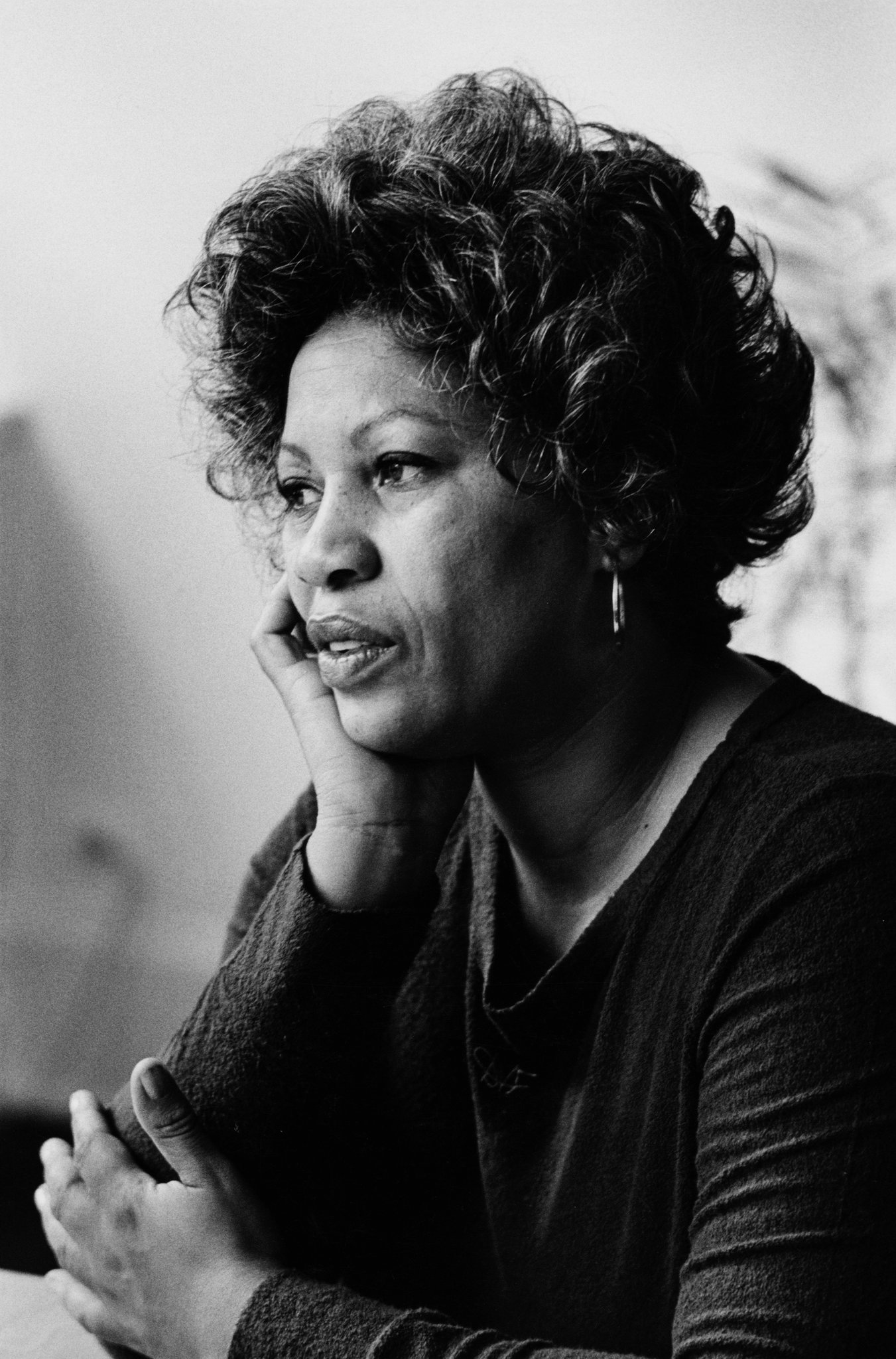
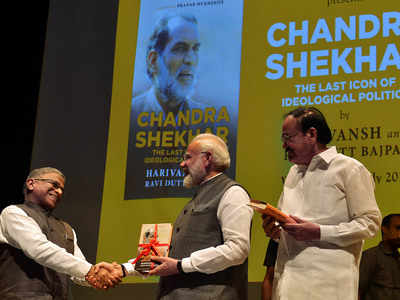
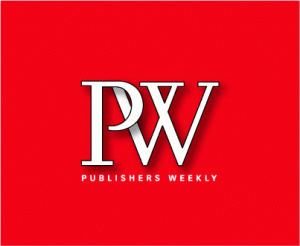

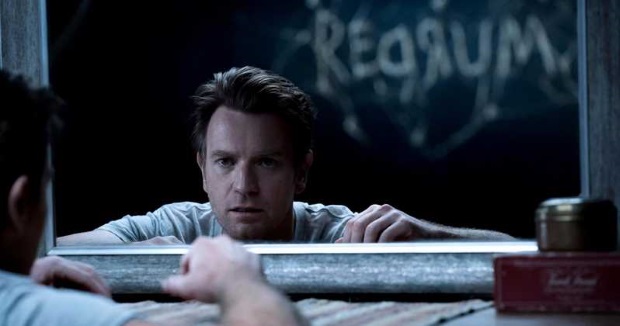
Sorry! No comment found for this post.